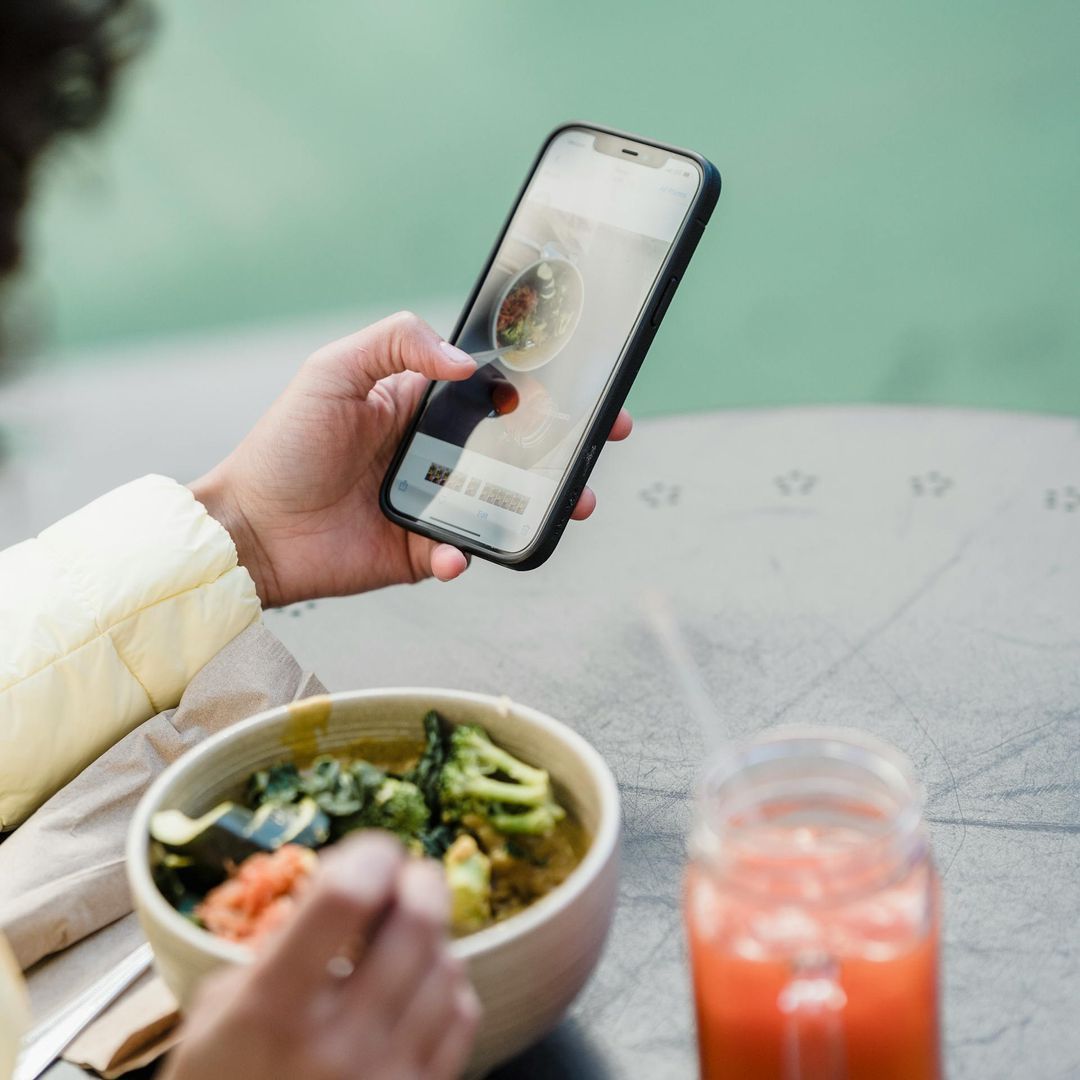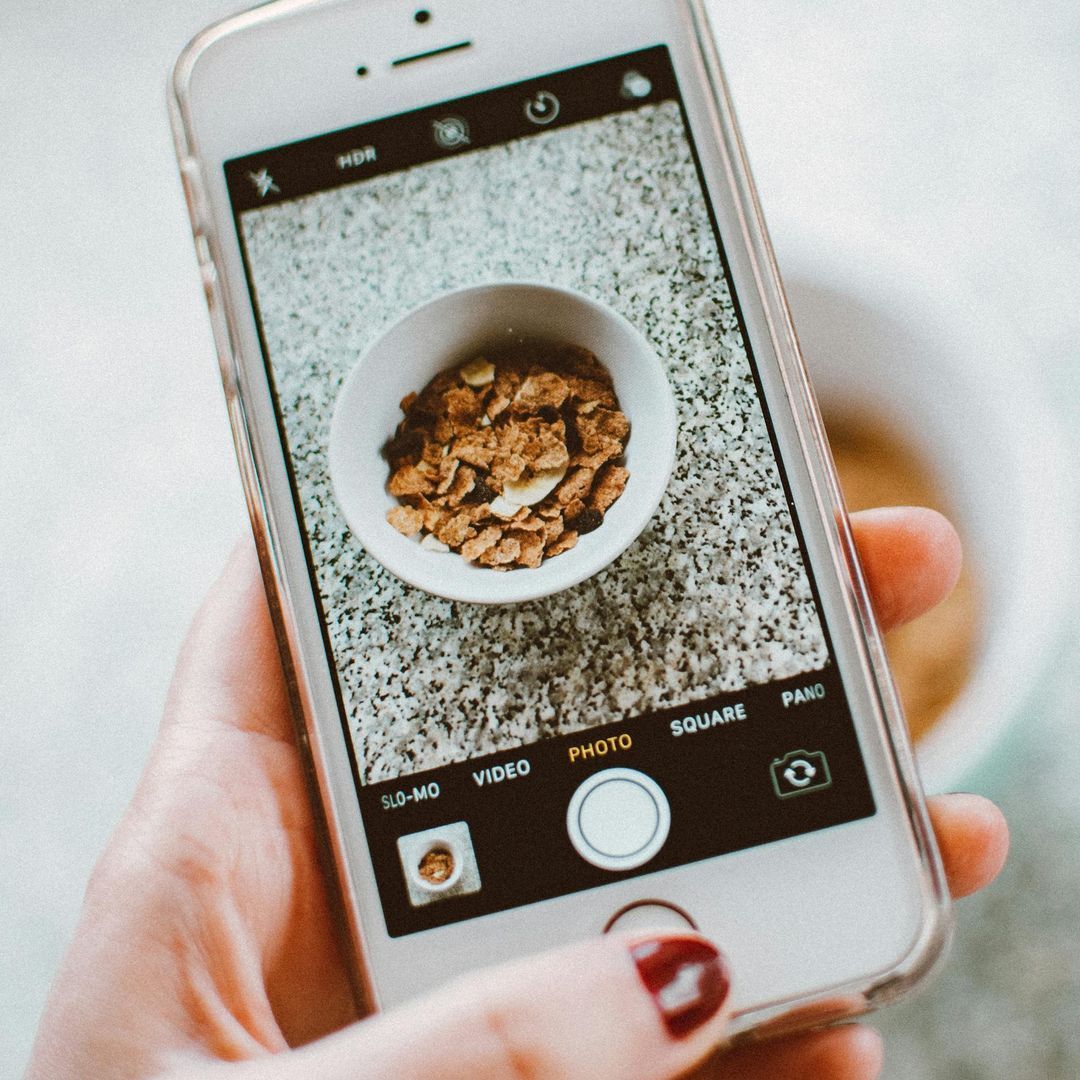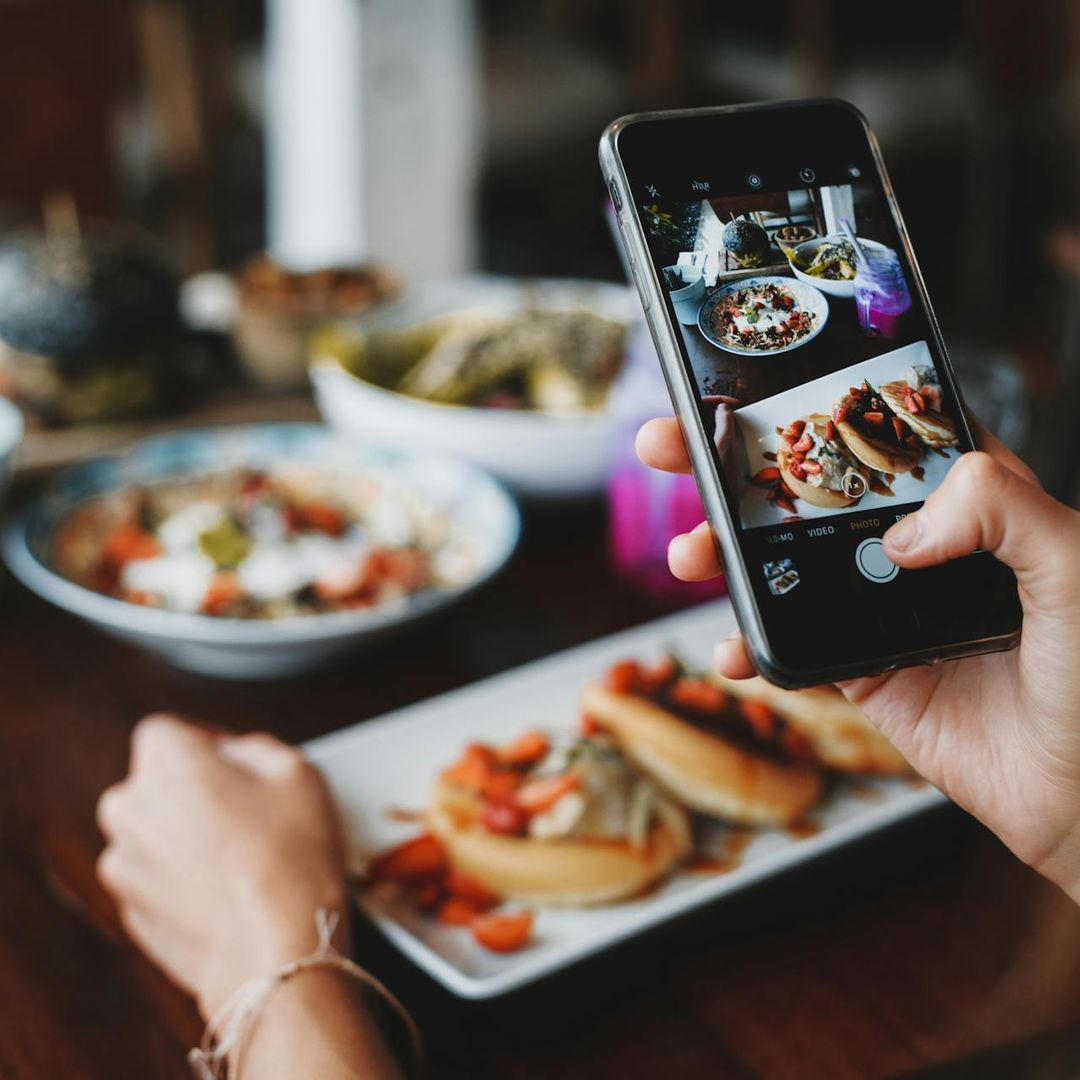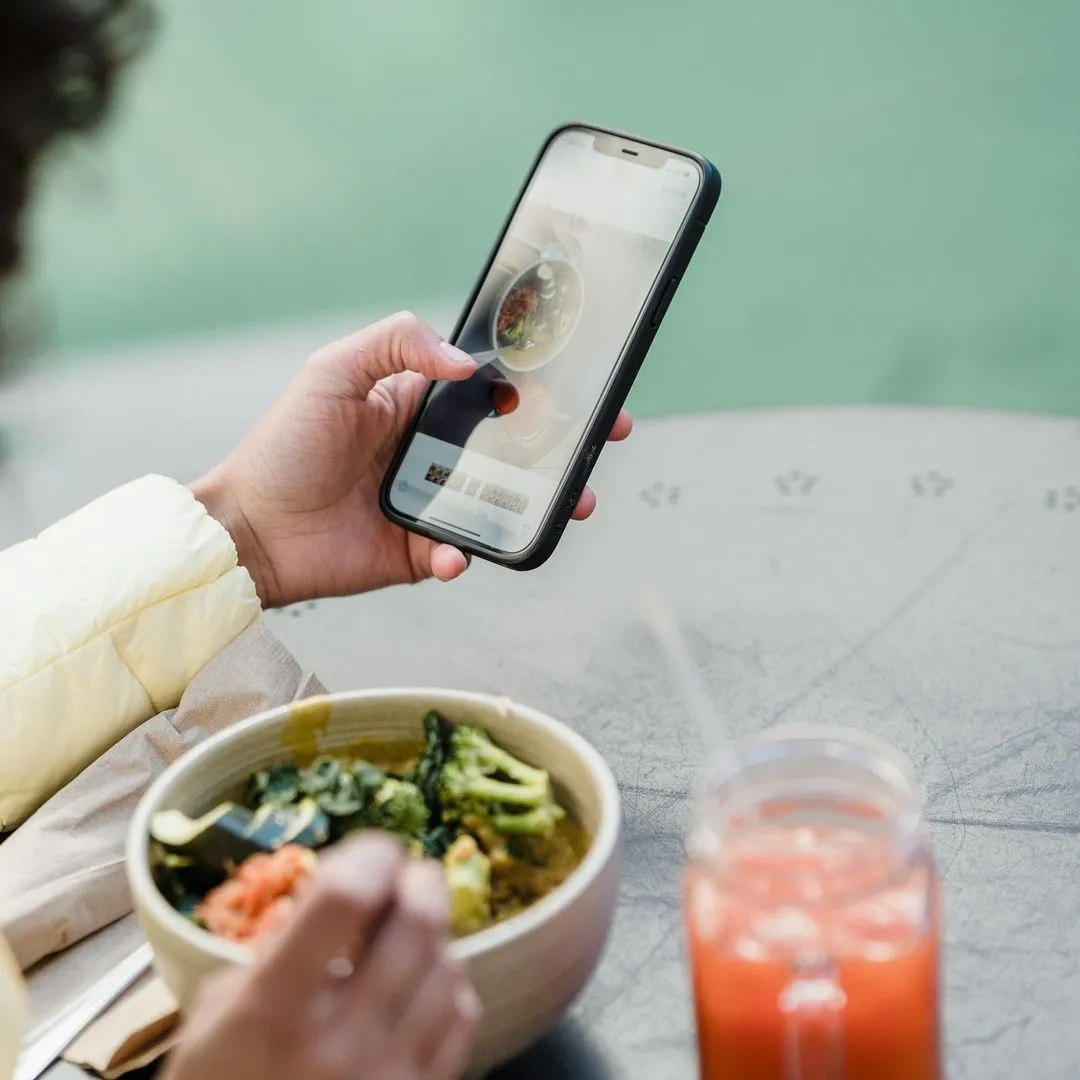Influencers and Food on Social Media: How Digital Is Reshaping the Table

In recent years, food has become one of the brightest stars in the social media universe, and influencers are spearheading this spectacular culinary revolution. With millions of followers and engaging content, these digital creators not only shape gastronomic trends but also transform the way we interact with food, influencing consumer choices, behaviors, and even global food culture. But who are food influencers? How do they work? And what impact do they really have on our relationship with what we put on our table? Lets find out with an in-depth analysis of this contemporary phenomenon that has forever changed the way we eat and share.
The food revolution on social media
The connection between food and social media is as obvious as it is irresistible. Food, with its vibrant colors, alluring textures, and endless creativity in presentation, is inherently photogenic. Instagram, TikTok, and YouTube have become the primary platforms for showcasing dishes that look like works of art, sharing recipes in seconds, and telling stories of culinary traditions.
From the art of sharing to global trends

Social media isnt just a showcase; its a global marketplace where trends spread with unprecedented speed. Think of the sourdough bread phenomenon during lockdown, or culinary challenges like Dalgona coffee. A few viral videos were enough to transform niche eating practices into global fads.
Who are the food influencers?
Food influencers arent a homogeneous group. There are several categories that reflect the breadth and diversity of the gastronomic landscape: 1. Professional chefs: Personalities like Gordon Ramsay and Massimo Bottura use social media to introduce audiences to high-quality cuisine, sharing tips and behind-the-scenes insights into their creations. 2. Food bloggers and recipe creators: From easy beginner recipes to elaborate preparations, these often self-taught influencers are masters of creating visual and practical content. Names like Minimalist Baker and Giallo Zafferano are successful examples. 3. Food critics: Influencers like Anton Ego explore restaurants and street food, reviewing culinary experiences and influencing consumer choices. 4. Niche specialists: Some focus on specific areas, such as vegan cuisine, artisanal desserts, or meal prep. Examples include vegan chefs like Gaz Oakley or fitness experts promoting healthy recipes. 5. TikTokers and visual trendsetters: On platforms like TikTok and Instagram Reels, the focus is often on aesthetics and entertainment, with short, dynamic videos that capture the attention of a young audience.
How food influencers work,
The magic of food influencers lies not only in the content they create, but also in the strategies they employ to build a connection with their audience. Heres how they work behind the scenes.
Captivating visual content

Perfect photography, high-quality videos, and a meticulously crafted aesthetic are essential. The lighting, colors, and presentation make every dish irresistible. The goal is to capture the visual wow factor in a world where attention spans seconds.
Personal narrative
Food influencers dont just share recipes; they tell stories. Whether its family anecdotes related to a recipe or a foodie journey, storytelling creates an emotional connection with their audience.
Strategic collaborations
Partnerships with food, kitchenware, or restaurant brands are a key part of their work. Influencers know how to transform sponsorships into authentic content, convincing followers that the product is a quality choice.
Constant engagement

Responding to comments, conducting surveys, and listening to audience requests are essential to maintaining high levels of engagement and building a loyal community.
The impact of food influencers on society
1. Creating culinary trends. Influencers are catalysts for new food trends. Think avocado toast, poke bowls, or rainbow desserts: all born or amplified by social media. Their ideas influence not only what we cook, but also what we find on restaurant menus and in supermarkets. 2. Promoting lifestyle and awareness. Many influencers use their platform to promote ethical food choices, such as veganism or sustainability. This has led to increased awareness of environmental issues and the impact of our eating habits. 3. Democratizing food. Before the social media era, many traditional cuisines or culinary practices were unknown to the general public. Today, thanks to influencers, we can explore recipes from India, Peru, or Morocco with a simple click. 4. Influencing consumption. Influencers play a crucial role in purchasing decisions. From food products to kitchen equipment, a recommendation from an influencer can lead to a boom in sales.
The challenges and criticisms of the phenomenon
Despite their success, food influencers are not without criticism. Some points of contention include: 1. Over-commercialization: Sponsored collaborations can raise questions about the authenticity of recommendations. 2. Unrealistic standards: The perfect social media aesthetic can create unattainable expectations, discouraging those who lack the same skills or resources. 3. Sustainability and waste: A focus on aesthetics can lead to food waste when preparing content. 4. Lack of transparency: Its not always clear when content is sponsored, which can negatively impact follower trust.
The future of food influencers
As digital platforms evolve and interest in food grows, influencers will continue to dominate. However, the future could see a greater emphasis on: Authenticity: Audiences increasingly seek genuine stories and transparent content. Sustainability: Influencers who promote sustainable food practices will have a competitive advantage. Interactivity: Live cooking, QAs, and personalized recipes will make the experience more engaging. Expansion into new formats: Augmented reality, interactive apps, and collaborations with tech brands could redefine the way we experience food on social media.
A phenomenon that is reshaping food culture
Food influencers arent just content creators, but true agents of cultural change. Through their photos, videos, and stories, theyve transformed food into a universal language, making it accessible, inspiring, and, above all, shareable. Whether youre a food enthusiast, a curious consumer, or an aspiring influencer, food on social media represents a gateway to a world of creativity, discovery, and innovation. Because, ultimately, food isnt just what we eat, its also what we share. And in the digital world, sharing means influencing.

gourmet
Data di inserimento 21 nov 2024
Report article


Comments
There are no comments yet.